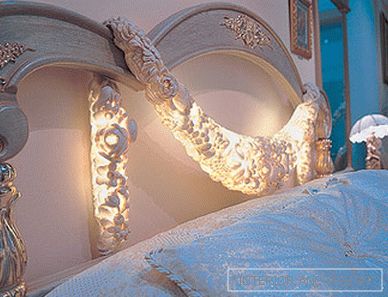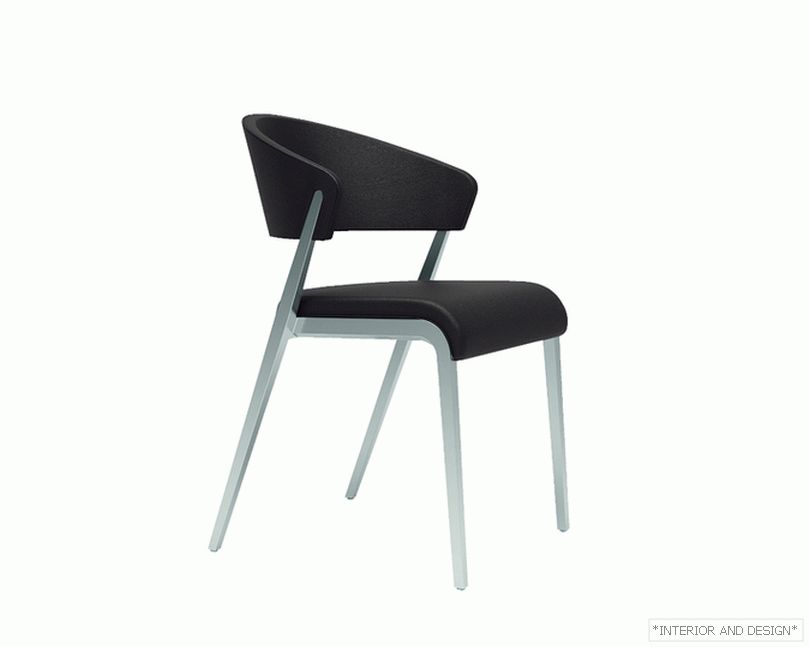If we present the history of the Zanotta factory in objects, it would be a series of design icons, without which the world would have looked different. In the late 1960s, three young Italian architects were obsessed with the idea: to create a bag seat filled with polystyrene balls. Piero Gatti, Cesare Paolini and Franco Teodoro knocked the thresholds of furniture factories. The hosts shrugged their shoulders in bewilderment, and only one daredevil Aurelio Zanotta jumped at the strange project. Since 1954, he owned a factory that produced high-quality, but essentially ordinary furniture. In 1968, Zanotta released a pear-shaped chair called Sacco (in the lane with Italian. - "Bag"). The model has become megapopular with the hippie generation (and eight years ago, having celebrated the fortieth anniversary magnificently, received a whole wardrobe of fashionable covers).
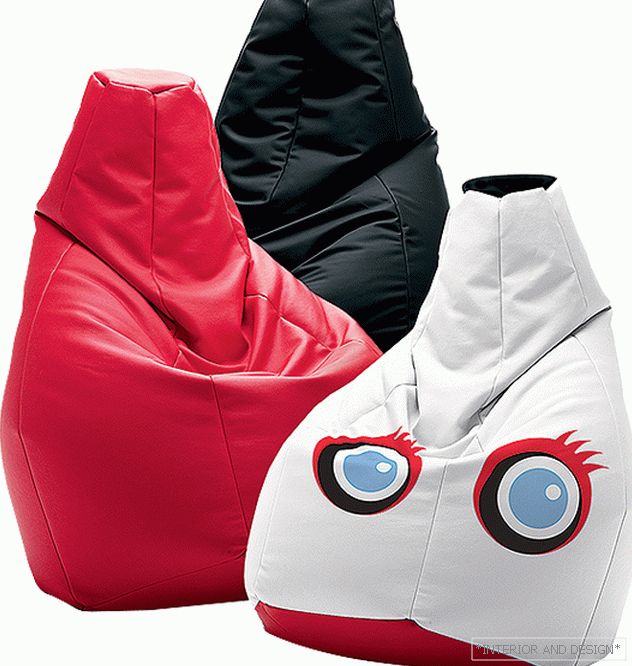 Sacco chair bag, diz. P. Gatti, F. Teodoro, C. Paolini, produced since 1968.
Sacco chair bag, diz. P. Gatti, F. Teodoro, C. Paolini, produced since 1968. Then there was the inflatable Blow chair made of transparent plastic, which has long remained the hallmark of the brand. The sudden popularity of these models meant the emergence of a new type of seat - frameless chairs and a new stage in the understanding of industrial design: furniture has ceased to be bourgeois and prim. Aurelio Zanotta had a unique intuition. He not only promoted novelties, but also selected relevant items from the design archives. Examples include the Ardea chair by architect Carlo Mollino or his own Cavour table, developed in the 1940s. Zanotta furniture embodies what was later called made in Italy - a phenomenon of Italian design. Factory models are represented in all major design museums, including the New York MoMA and the Paris Pompidou Center.
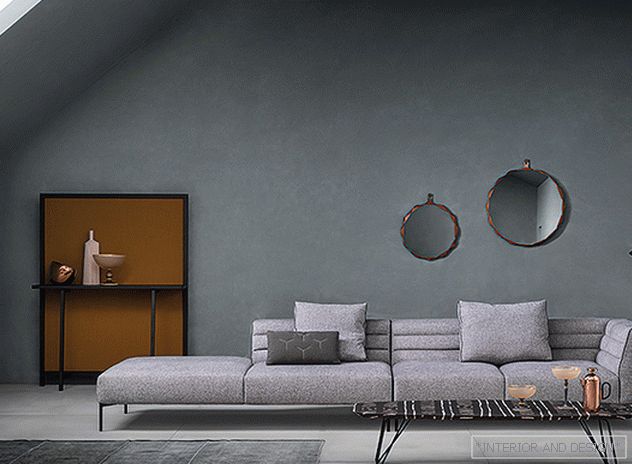 Sofa Botero, diz. D. Williamson. 2016. Steel frame. Removable covers from fabric or leather.
Sofa Botero, diz. D. Williamson. 2016. Steel frame. Removable covers from fabric or leather.  Little table Niobe 671, diz. F. Capitani. Steel framework, marble worktop (Carrara, Imperador or Nero marquin of your choice) in a polyester varnish sheeting.
Little table Niobe 671, diz. F. Capitani. Steel framework, marble worktop (Carrara, Imperador or Nero marquin of your choice) in a polyester varnish sheeting. 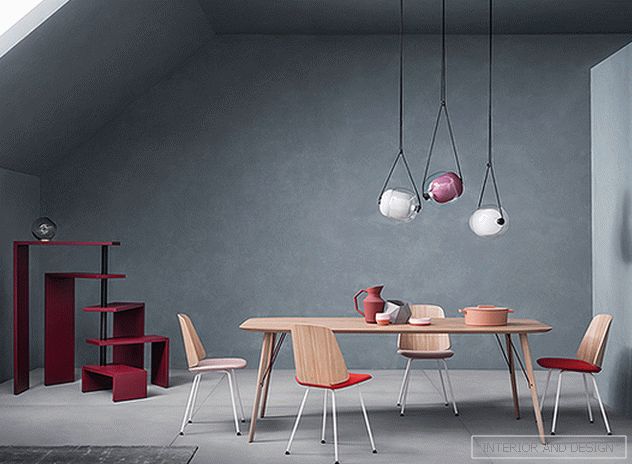 Chairs June, diz. F. Rettenbacher. Plywood, steel, fiberglass-reinforced nylon seat; Removable leather or fabric upholstery. Table Santiago by the same author (2015). In the corner is a cult object: the Joy design shelving system by A. Castiglioni, 1989.
Chairs June, diz. F. Rettenbacher. Plywood, steel, fiberglass-reinforced nylon seat; Removable leather or fabric upholstery. Table Santiago by the same author (2015). In the corner is a cult object: the Joy design shelving system by A. Castiglioni, 1989. 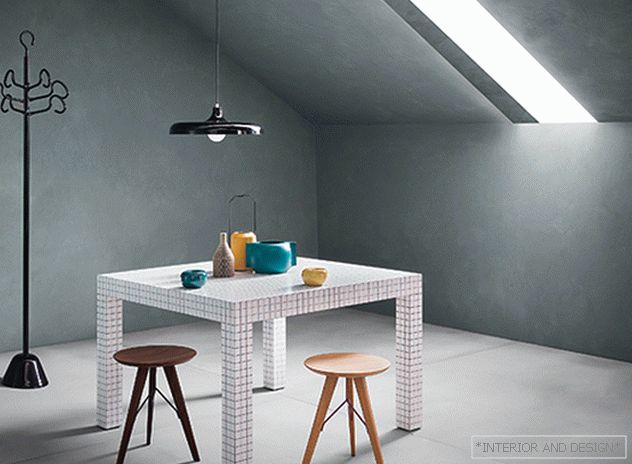 Stools Ivo, diz. F. Rettenbacher, 2016, placed around the legendary model Quaderna 2600, diz. Superstudio (1970) - the object is included in the permanent collection of nine museums in the world.
Stools Ivo, diz. F. Rettenbacher, 2016, placed around the legendary model Quaderna 2600, diz. Superstudio (1970) - the object is included in the permanent collection of nine museums in the world. 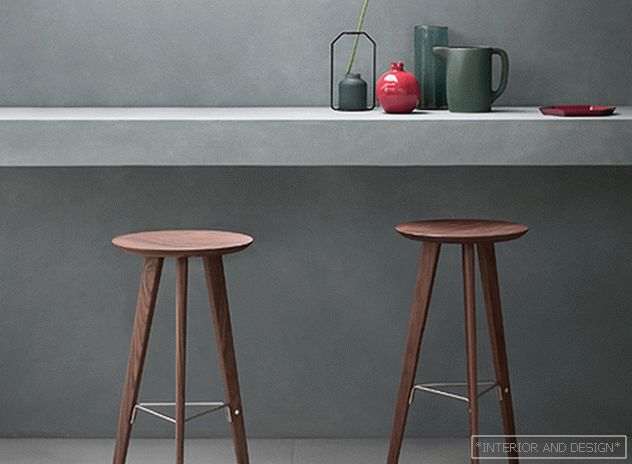 Bar Stools Ido, diz. F. Rettenbacher. Oak or Canaletto walnut, satin steel footrest.
Bar Stools Ido, diz. F. Rettenbacher. Oak or Canaletto walnut, satin steel footrest.  Reale table. Carlo Mollino’s 1946 design model was updated in 2016. Base: natural oak, oak under wenge or walnut, oak in black or white lacquer. Worktop: glass or marble with a protective coating.
Reale table. Carlo Mollino’s 1946 design model was updated in 2016. Base: natural oak, oak under wenge or walnut, oak in black or white lacquer. Worktop: glass or marble with a protective coating. 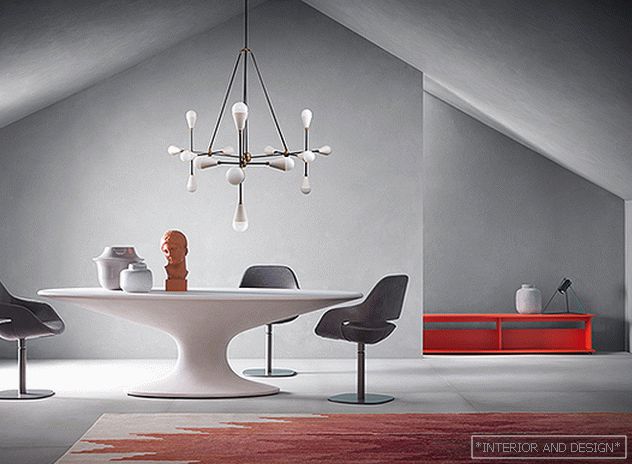 Fenice table, diz. P. Botoni. The model of 1936 was re-released in 2016 in the Polimex® material with a cement-acrylic coating and nanotechnological protection based on titanium dioxide. Limited Edtion.
Fenice table, diz. P. Botoni. The model of 1936 was re-released in 2016 in the Polimex® material with a cement-acrylic coating and nanotechnological protection based on titanium dioxide. Limited Edtion. Today, Aurelio's son Martino Zanotta has the reins of power. He holds the course chosen by his father, who believed that "the furniture industry should anticipate the demands of the future, and not be limited to passive demand."
In 2016, with the re-release of the Fenice model by architect Piero Bottoni, the Zanotta brand continued the tradition of reviving masterpieces of world design. In addition, at the Milan Furniture Salon, along with Phoenix, another Mollyn's hub was presented - a new modification of the Reale table. It is important that the company not only renews the release of this or that item, but adapts it to the requirements of our time, using the latest generation technologies and materials. Thus, the Fenice table, originally made of concrete, is now made of Polimex® material with a cement-acrylic coating and treated with dirt-repellent agents with nanotechnological protection based on titanium dioxide.
+ On the topic of Zanotta and Piero Bottoni (Piero Bottoni): the revival of "Phoenix"
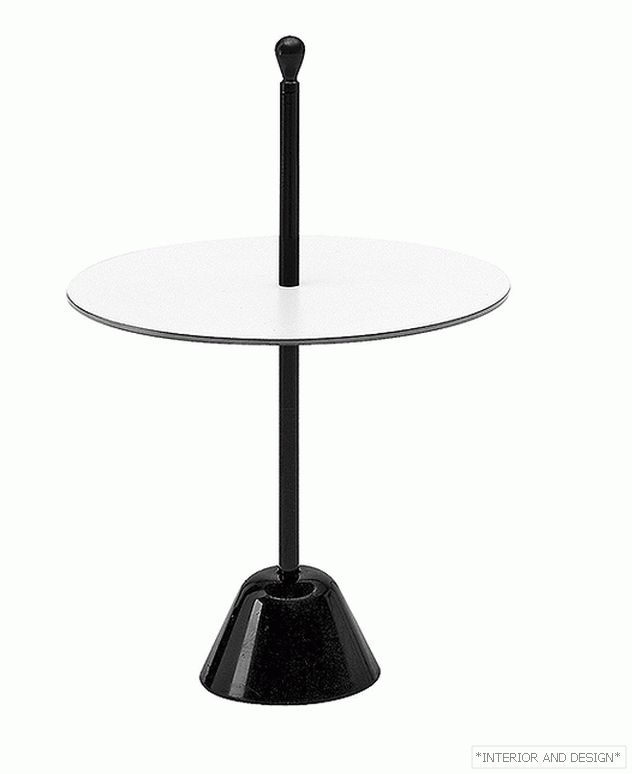 Столік Servo Muto, диз. A. Кастильони. 1974.
Столік Servo Muto, диз. A. Кастильони. 1974. 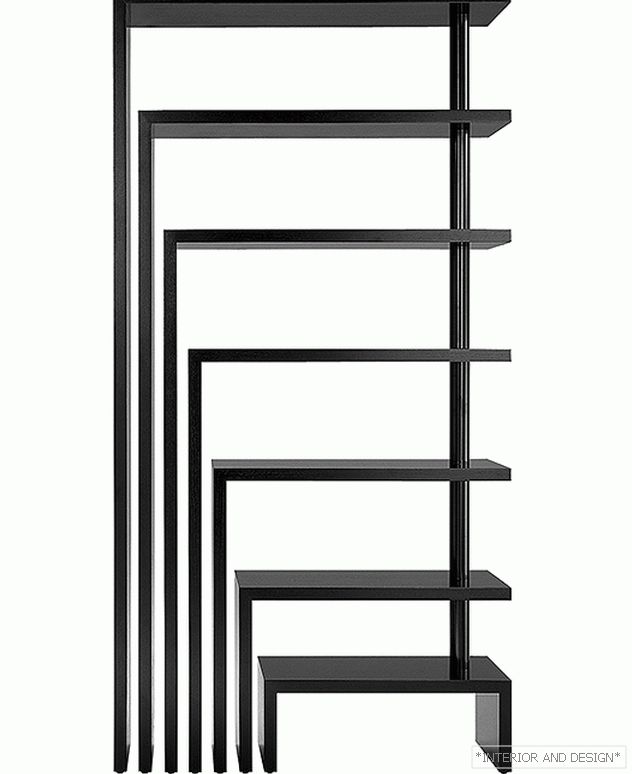 The Joy system, Diesel. A. Кастильони. 1989.
The Joy system, Diesel. A. Кастильони. 1989. 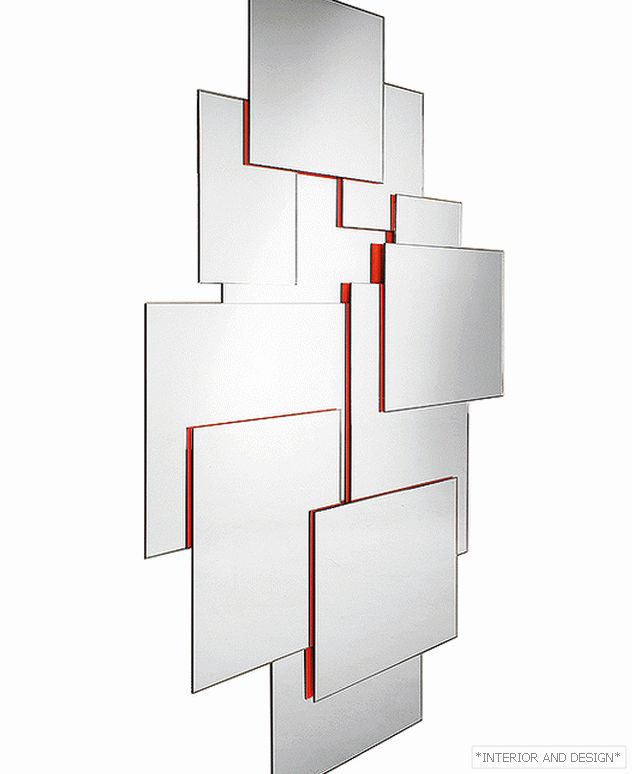 Зеркало Пабло, диз. G. Pink. 2008.
Зеркало Пабло, диз. G. Pink. 2008. 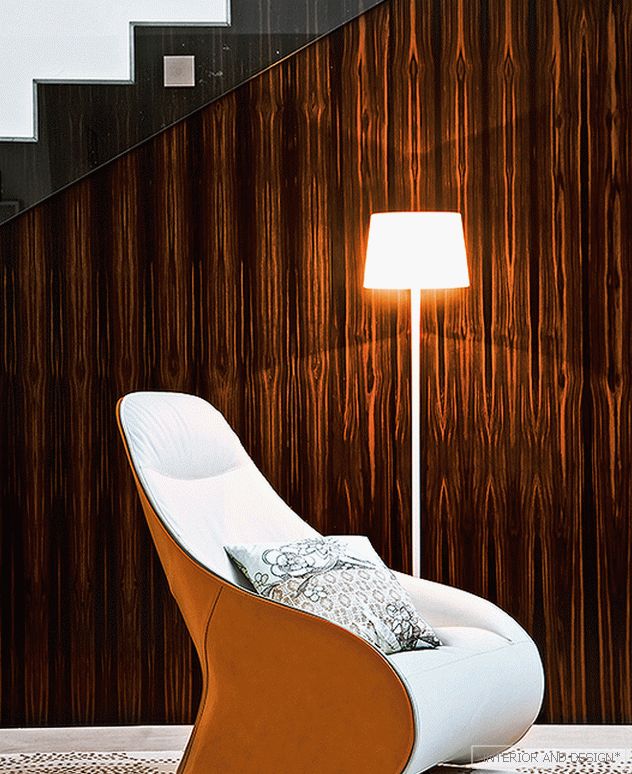 Derby chair, diz. N. Duchofour-Laurence. 2009. The outer part of the back is covered with leather, the inner - with a cloth.
Derby chair, diz. N. Duchofour-Laurence. 2009. The outer part of the back is covered with leather, the inner - with a cloth.  High table Loto, big and low Ninfea, diz. L. and R. Palomba. 2009. Table tops and legs made of composite material Cristalplant. The model is designed for both home and street.
High table Loto, big and low Ninfea, diz. L. and R. Palomba. 2009. Table tops and legs made of composite material Cristalplant. The model is designed for both home and street.  Bed Box, diz. Emaf Progetti, 2005. Steel frame, soft filler and leather covers. Under the mattress is a compartment for bedding.
Bed Box, diz. Emaf Progetti, 2005. Steel frame, soft filler and leather covers. Under the mattress is a compartment for bedding. The current collection of the brand includes tables and chairs, coffee tables and bookshelves, an extensive program of upholstered furniture and beds, as well as hangers, ashtrays and more. It contains equal items of classics - Achille Castiglioni, Alessandro Mendini, Ettore Sottsassa, Marco Zanuzo, Gae Aulenti, created in the 1940-80s
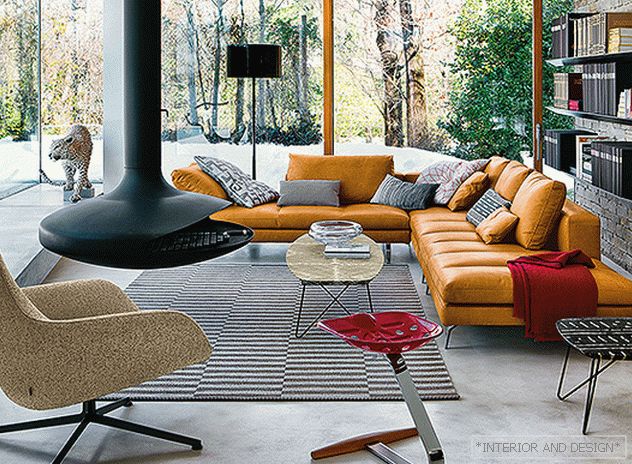 In the foreground - the cult stool Mezzadro, diz. A. Castiglioni. 1957. Bruce sofa and Kent armchair, diz. L. and R. Palomba. 2013. Coffee tables Ink, diz. E. Nanni. 2013
In the foreground - the cult stool Mezzadro, diz. A. Castiglioni. 1957. Bruce sofa and Kent armchair, diz. L. and R. Palomba. 2013. Coffee tables Ink, diz. E. Nanni. 2013 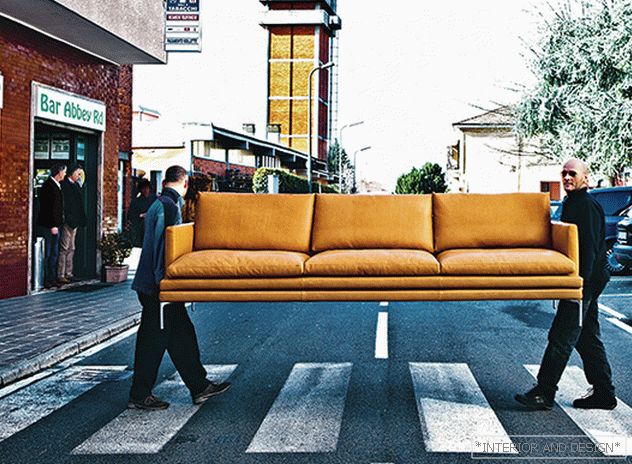 Sofa William, diz. D. Williamson. 2010-2015. Leather upholstery.
Sofa William, diz. D. Williamson. 2010-2015. Leather upholstery. 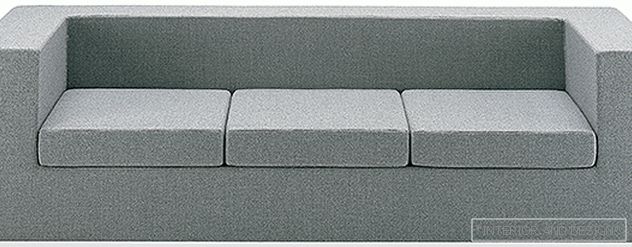 Sofa Throw-Away L, diz. V.Landels, 1965. Structure from polyurethane foam.
Sofa Throw-Away L, diz. V.Landels, 1965. Structure from polyurethane foam. Zanotta is one of the rare factories that opens new names every year: Briton Damien Williamson, Finn Mika Tolvanen, Italians Alessandro Dubini, Salvatore Indriolo, Federica Capitani, Austrian Frank Rettenbacher who lives in Amsterdam. The new does not conflict with the old. On the contrary, all these diverse subjects are sustained in the same taste: the same expressiveness and accuracy of lines, lightness, lack of pathos, the right choice of material. Zanotta uses both high-tech plastics and fashionable composites (such as a crystal), as well as excellent skin. Representatives of the new generation Zanotta have already become recognizable: the objects of Noe Duchaufour-Laurence or the duo Palomb are present in the interiors of good style.
+ Related to Todd Bracher - expert at imm Cologne 2017
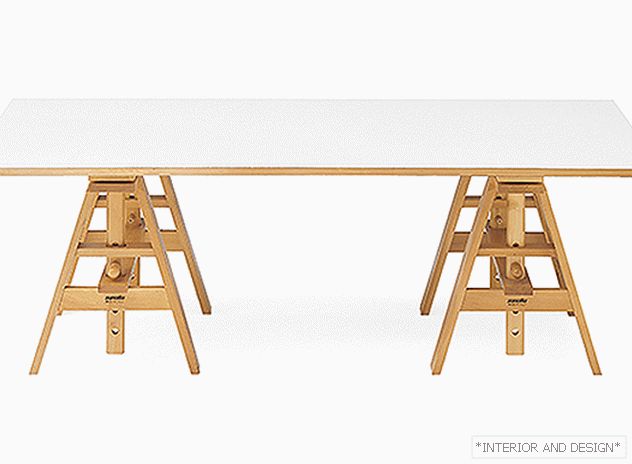 Leonardo table, diz. A. Castiglioni. 1940. Tick (base, 5 positions). Laminate or teak (table top).
Leonardo table, diz. A. Castiglioni. 1940. Tick (base, 5 positions). Laminate or teak (table top). 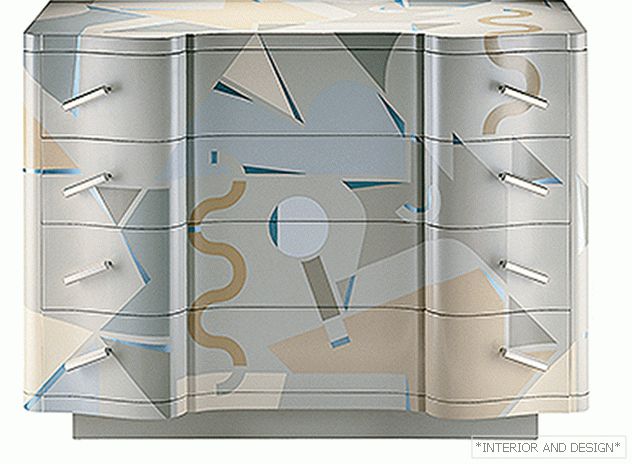 Chest Cetonia, diz. A. Mendini, call. Edizioni. 1984. Array, hand-painted.
Chest Cetonia, diz. A. Mendini, call. Edizioni. 1984. Array, hand-painted. 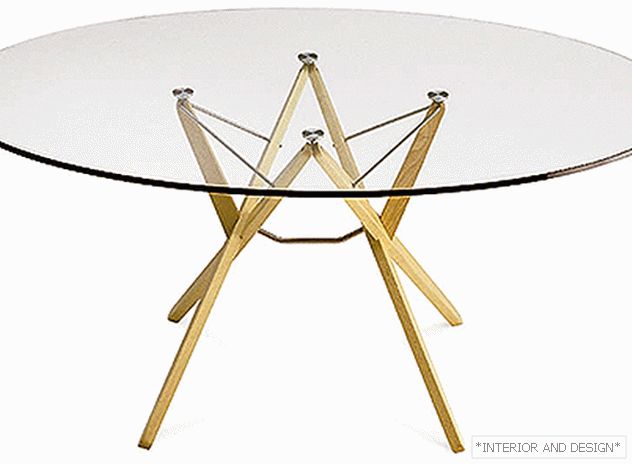 Ctol Orion, Diz. R. Barbers. 1996. Glass, dub, diam. 125 and 135 cm.
Ctol Orion, Diz. R. Barbers. 1996. Glass, dub, diam. 125 and 135 cm.  Creole Fly, Diesel. M. Robson. 2002. Polycarbonate, fabric Quota.
Creole Fly, Diesel. M. Robson. 2002. Polycarbonate, fabric Quota. 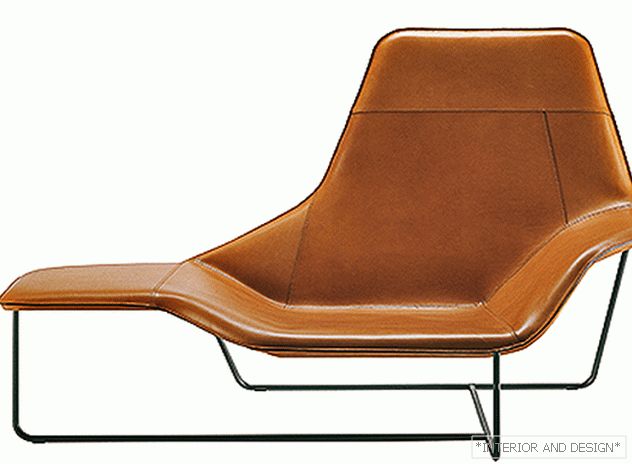 Lama chair, diz. L. and R. Palomba. 2006. Leather upholstery.
Lama chair, diz. L. and R. Palomba. 2006. Leather upholstery. 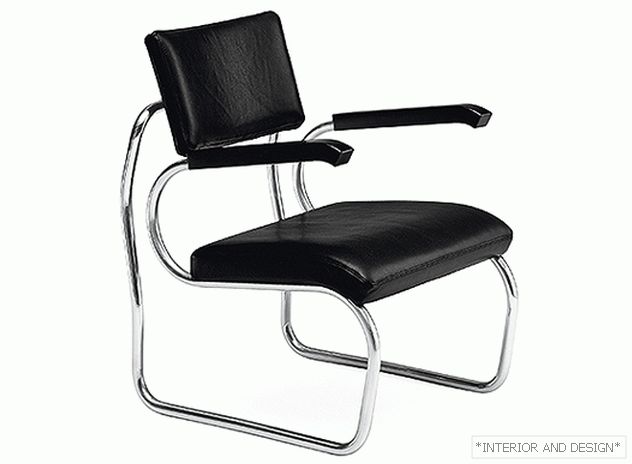 Chair Sant'Elia, diz. J. Terranyi. 1936.
Chair Sant'Elia, diz. J. Terranyi. 1936. 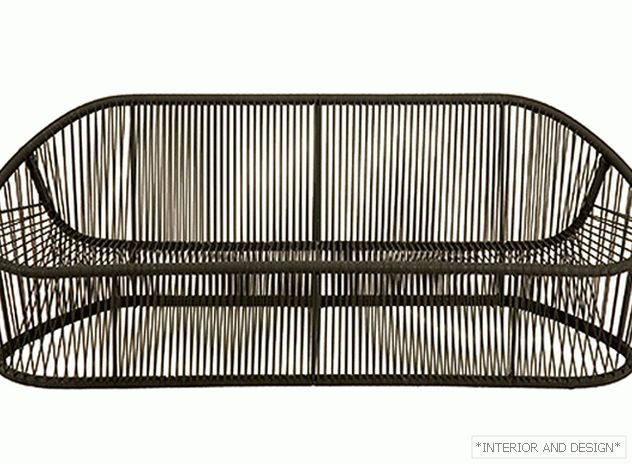 Wicker sofa Club, diz. P. Razulo, 2008. Plastic.
Wicker sofa Club, diz. P. Razulo, 2008. Plastic. 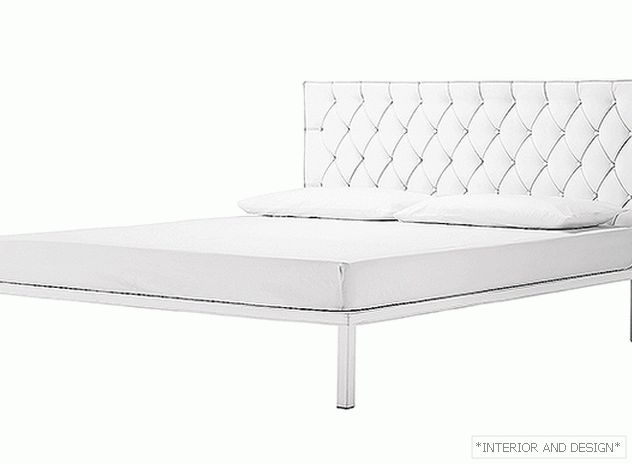 Caracalla bed, diz. Emaf Progetti. 2009
Caracalla bed, diz. Emaf Progetti. 2009 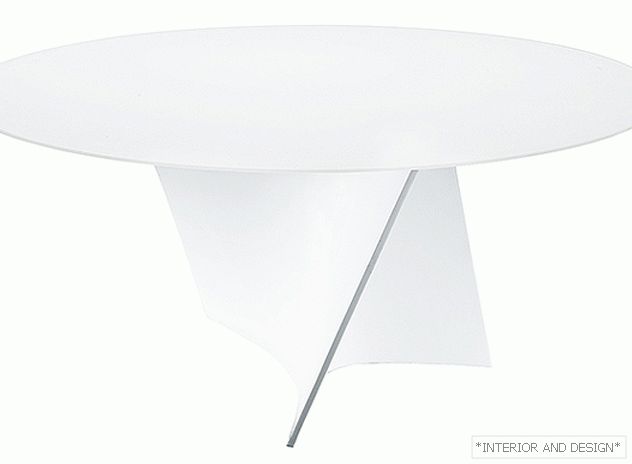 Elica chair, diesel. P. Razulo. 2010.
Elica chair, diesel. P. Razulo. 2010. In 1989, the program was formed Zanotta Edizioni - it includes unique items hand made. They are free from mass production requirements. To make them, craftsmen turn to traditions, reproduce ancient techniques: mosaic, intarsia, painting on wood. Such things are published in limited editions. This means that over time their price will only grow.

